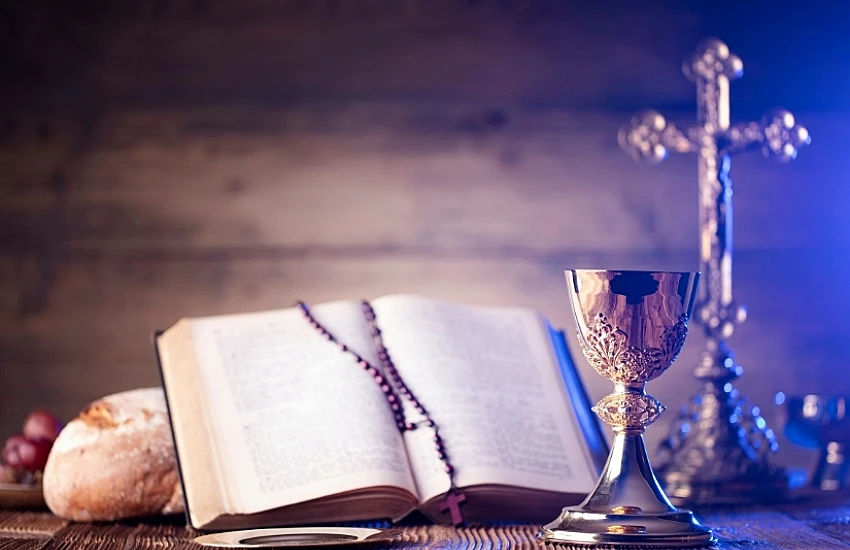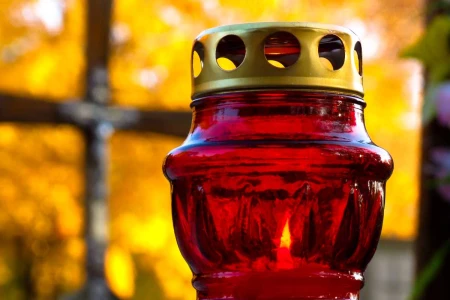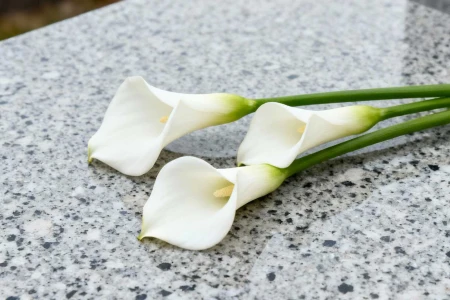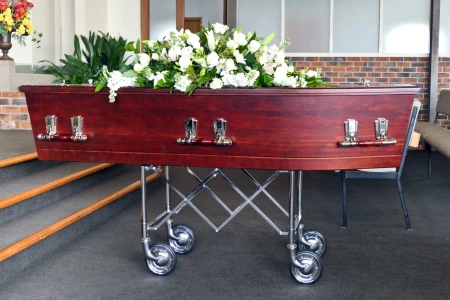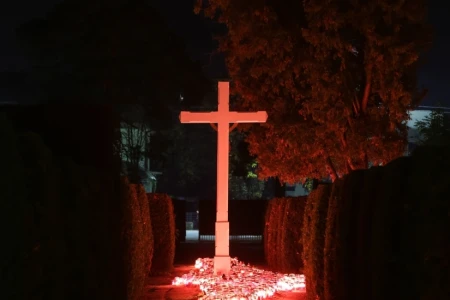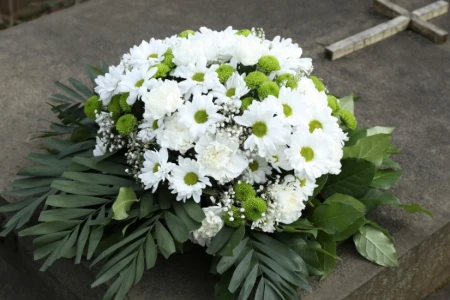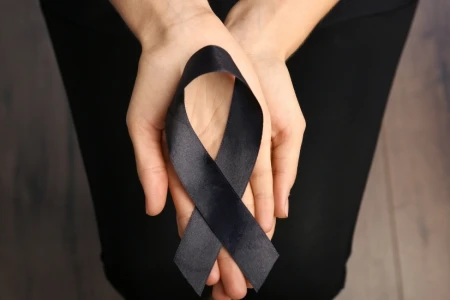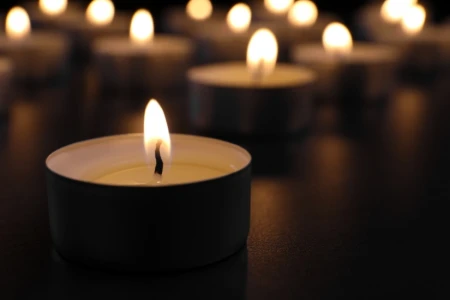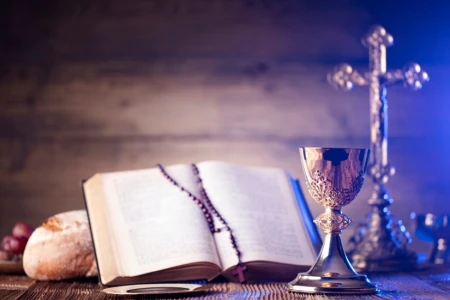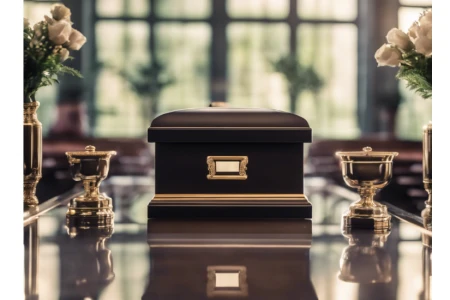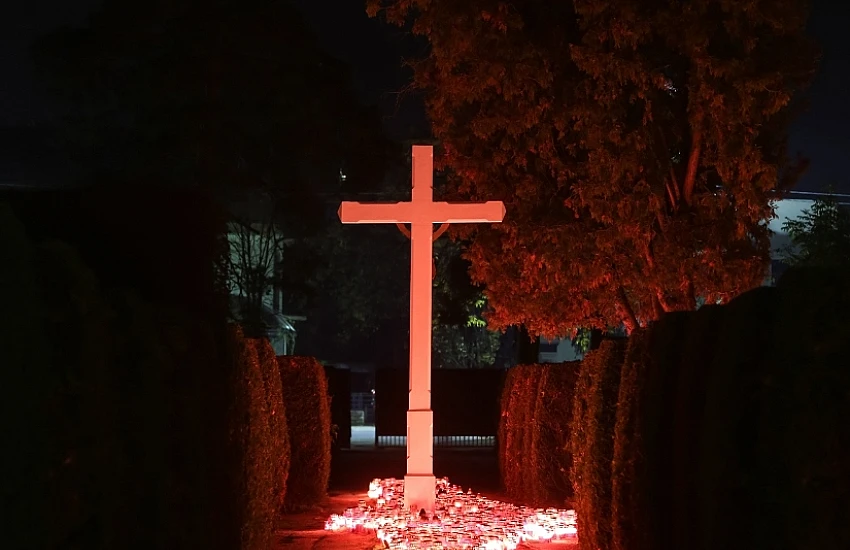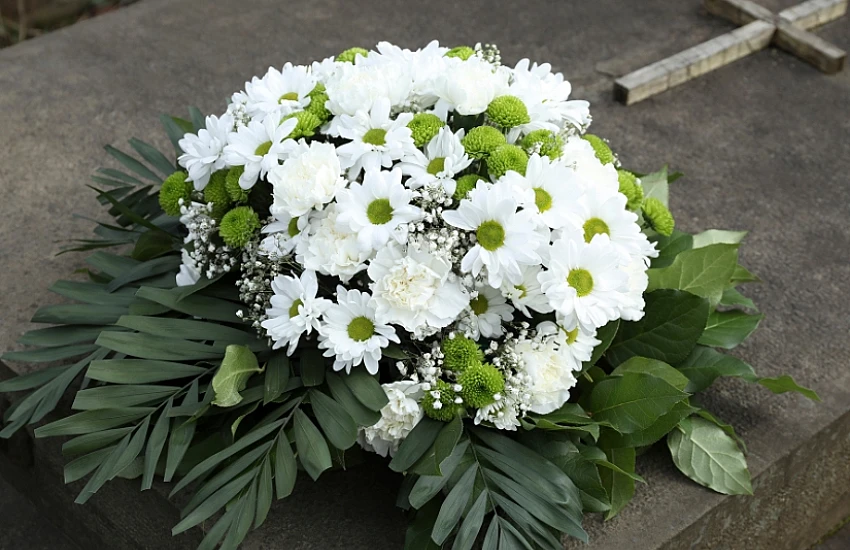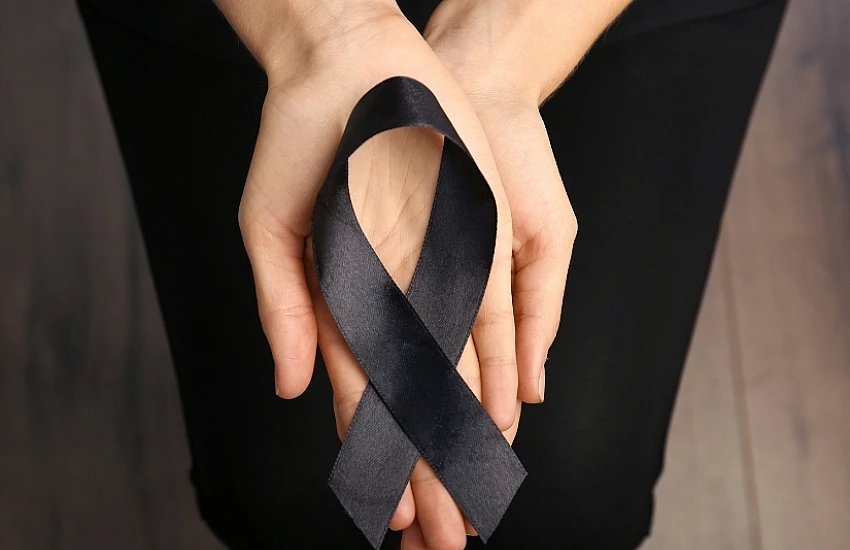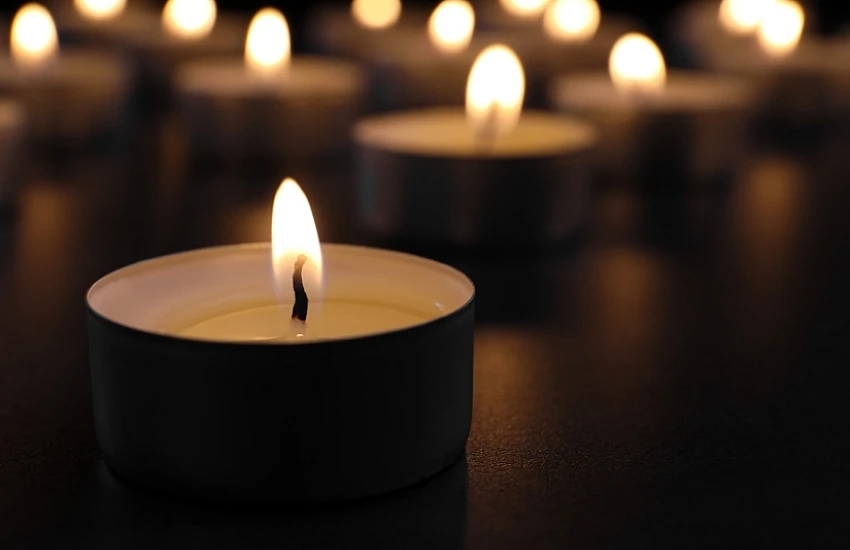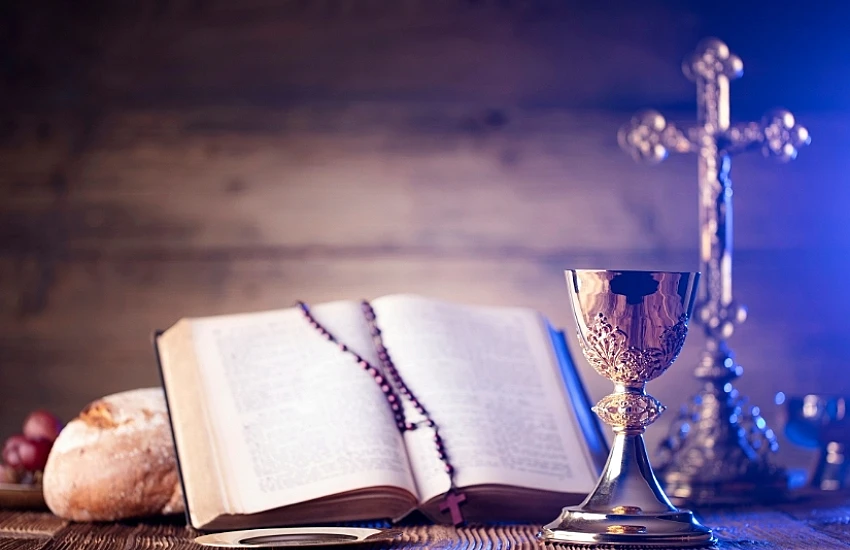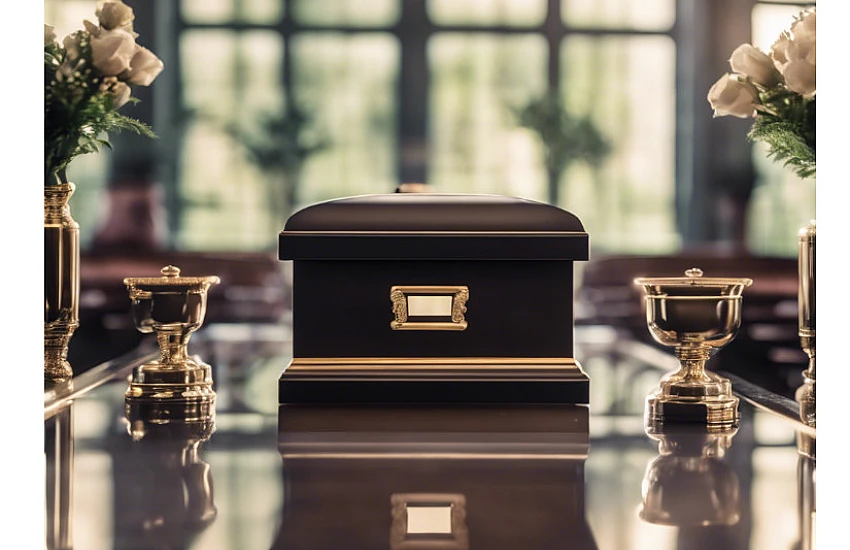Table of Contents
- The Importance of Liturgical Materials in Funeral Ceremonies
- Essential Liturgical Materials for a Funeral Home
- Specialized Liturgical Materials for Funeral Homes
- Choosing Liturgical Materials: What to Consider?
- Practical Tips for Maintaining and Storing Liturgical Materials
- Examples of Liturgical Materials in Different Types of Ceremonies
- FAQ – Frequently Asked Questions
Funeral homes play a crucial role in organizing and conducting funeral ceremonies, creating an atmosphere of respect and spirituality. The right liturgical materials are essential for these ceremonies, as they add a unique character and help express the spiritual aspect of the farewell. In this article, we will discuss the essential liturgical materials every funeral home should have and why their selection is important for both clients and the professional image of the funeral home.
The Importance of Liturgical Materials in Funeral Ceremonies
a. Symbolism and Tradition in Funeral Ceremonies
Liturgical materials such as crosses, candles, and incense hold deep symbolic meaning rooted in religious traditions. The cross, placed on the catafalque or altar, symbolizes hope and salvation, while incense represents prayers rising to heaven, creating a spiritual connection between the attendees and the deceased. These elements allow mourners to experience the farewell on a deeper level, which is particularly important for the grieving family.
b. The Impact of Atmosphere and Decorations on the Ceremony
The proper arrangement of the space using carefully selected liturgical materials gives the funeral ceremony a sense of solemnity and spiritual depth. Candles and incense create a warm, comforting light that fosters reflection and meditation. It is essential to ensure that decorations are aesthetically arranged and harmoniously coordinated to enhance the ceremony's atmosphere.

Essential Liturgical Materials for a Funeral Home
a. Crosses and Religious Figures
The cross is a vital symbol in funeral ceremonies. A funeral home should have various types of crosses, including:
- Processional crosses – carried during ceremonies.
- Altar crosses – placed on the altar as a focal point of the ceremony.
- Catafalque crosses – positioned near the coffin or urn.
Crosses can be made from different materials such as wood, metal, or stone, allowing for aesthetic customization based on the ceremony's nature.

b. Liturgical Candles and Candelabras
Candles symbolize the light of eternity. The most commonly used candles in funeral ceremonies include:
- Paschal candles – symbolizing eternal life.
- Blessed candles – traditionally used for protection.
- Altar candles – enhancing the spiritual atmosphere.
Candelabras should be stable and suitable for both indoor and outdoor use to ensure the candles remain safe and visually appealing.

c. Incense and Liturgical Vessels
Incense plays an essential role in funeral ceremonies. Different types of incense carry specific spiritual meanings. It is also necessary to have appropriate vessels for incense use, such as:
- Thuribles – used for burning incense.
- Incense boats – for storing incense before use.
Thuribles should be made from heat-resistant materials to ensure safety during the ceremony.
d. Altar Cloths and Liturgical Fabrics
Altar cloths and liturgical fabrics are key decorative elements. They are used on altars, catafalques, and condolence tables. Choosing fabrics that are easy to clean and store ensures they remain elegant and well-maintained over time.
Specialized Liturgical Materials for Funeral Homes
a. Religious Exterior and Entrance Decorations
Enhancing the funeral home's identity can be achieved through exterior decorations such as religious quote plaques or religious sculptures. These elements strengthen the funeral home's image as a place of respect and support during difficult times.
b. Prayer Portals and Meditation Materials
Materials such as prayer brochures or designated meditation spaces can help families and mourners find solace during their grieving process. These additions can have a profound impact on the experience of the bereaved.
c. Liturgical Materials for Ecumenical Ceremonies
For ecumenical ceremonies, it is best to use neutral decorations that cater to different faiths. Candles, prayer portals, and understated decorations are ideal choices.
Choosing Liturgical Materials: What to Consider?
a. Quality and Durability of Materials
Liturgical materials should be made from high-quality materials that can withstand frequent use. Wood, stone, and metal are durable and elegant options. Before purchasing, it is important to evaluate the quality to ensure longevity.
b. Aesthetic Appeal and Decorative Consistency
A cohesive visual style helps establish the funeral home's reputation as a professional and trustworthy institution. Soft shades of gray, white, or beige can create a harmonious and dignified atmosphere.
c. Collaboration with Suppliers and Building Trust
Choosing reliable suppliers ensures access to high-quality products and the ability to negotiate favorable terms. It is also important to manage inventory effectively to prevent shortages during key moments.

Practical Tips for Maintaining and Storing Liturgical Materials
Liturgical materials such as fabrics, candles, and incense burners require proper storage. Candles should be kept in a cool, dark place, incense in airtight containers, and altar cloths should be regularly cleaned to maintain their elegance.
Examples of Liturgical Materials in Different Types of Ceremonies
a. Traditional Ceremonies
Traditional ceremonies often use crosses, candles, and incense, which hold deep spiritual significance and are widely recognized.
b. Modern and Eco-Friendly Ceremonies
A contemporary approach to funerals may include eco-friendly materials and minimalist decorations. For environmentally conscious clients, soy candles, natural incense, and wooden crosses from certified sources can be appealing options.
Liturgical materials play a crucial role in funeral ceremonies, adding a spiritual dimension and emphasizing the solemnity of the occasion. Thoughtful selection and maintenance of these materials allow funeral homes to build a professional image and meet client expectations.

FAQ – Frequently Asked Questions
1. What are the essential liturgical materials used in funeral ceremonies?
The most important materials include crosses, religious figures, liturgical candles, candelabras, incense, altar cloths, and specialized liturgical vessels like thuribles and incense boats. Each of these elements adds spiritual depth and a solemn atmosphere to the ceremony.
2. Why is selecting the right liturgical materials so important for a funeral home?
Appropriate materials help create an atmosphere of respect and dignity, which is essential for funeral ceremonies. High-quality, aesthetically pleasing elements also contribute to the funeral home's professional image, which is important for families and mourners.
3. What is the significance of liturgical candles in a funeral ceremony?
Candles, especially Paschal candles and blessed candles, symbolize hope, eternity, and spiritual presence. Strategically placed candles add warmth and a contemplative mood to the ceremony, providing emotional support for the grieving family.
4. What types of crosses are commonly used in funeral homes?
Funeral ceremonies may use processional crosses (carried during the service), altar crosses, and catafalque crosses. The choice of material—wood, metal, or stone—depends on the nature of the ceremony and the family's preferences.
5. Is incense necessary in every funeral ceremony?
While not mandatory, incense enhances the spiritual aspect of the ceremony and is particularly significant in Catholic services. The rising smoke symbolizes prayers ascending to heaven. However, its use should be adapted to the family's wishes and religious beliefs.
6. How should altar cloths and fabrics be chosen for funeral ceremonies?
Altar cloths and fabrics should be made of durable, elegant materials that add solemnity to the occasion. Their color and type can be customized to the ceremony's nature—white symbolizes peace, while purple represents spirituality and mourning. Regular cleaning ensures they remain in pristine condition.
7. What are some specialized liturgical materials useful for funeral homes?
In addition to basic materials, funeral homes may benefit from exterior religious decorations, prayer or meditation materials, and information for mourners to enhance their experience and comfort.
8. What liturgical materials are suitable for ecumenical or multi-faith ceremonies?
Neutral elements such as candelabras and simple, elegant decorations cater to multiple religious traditions. Prayer portals or meditation areas provide a space for spiritual reflection, regardless of the attendee’s faith.
9. What should be considered when selecting suppliers for liturgical materials?
Key factors include product quality, durability, and supplier reputation. It is also beneficial to work with suppliers offering a diverse range of products and flexible customization options.
10. How should liturgical materials be maintained to preserve their aesthetics?
Proper storage is essential—candles should be kept away from moisture and sunlight, incense in sealed containers, and altar cloths should be regularly washed and carefully folded to prevent creases.

